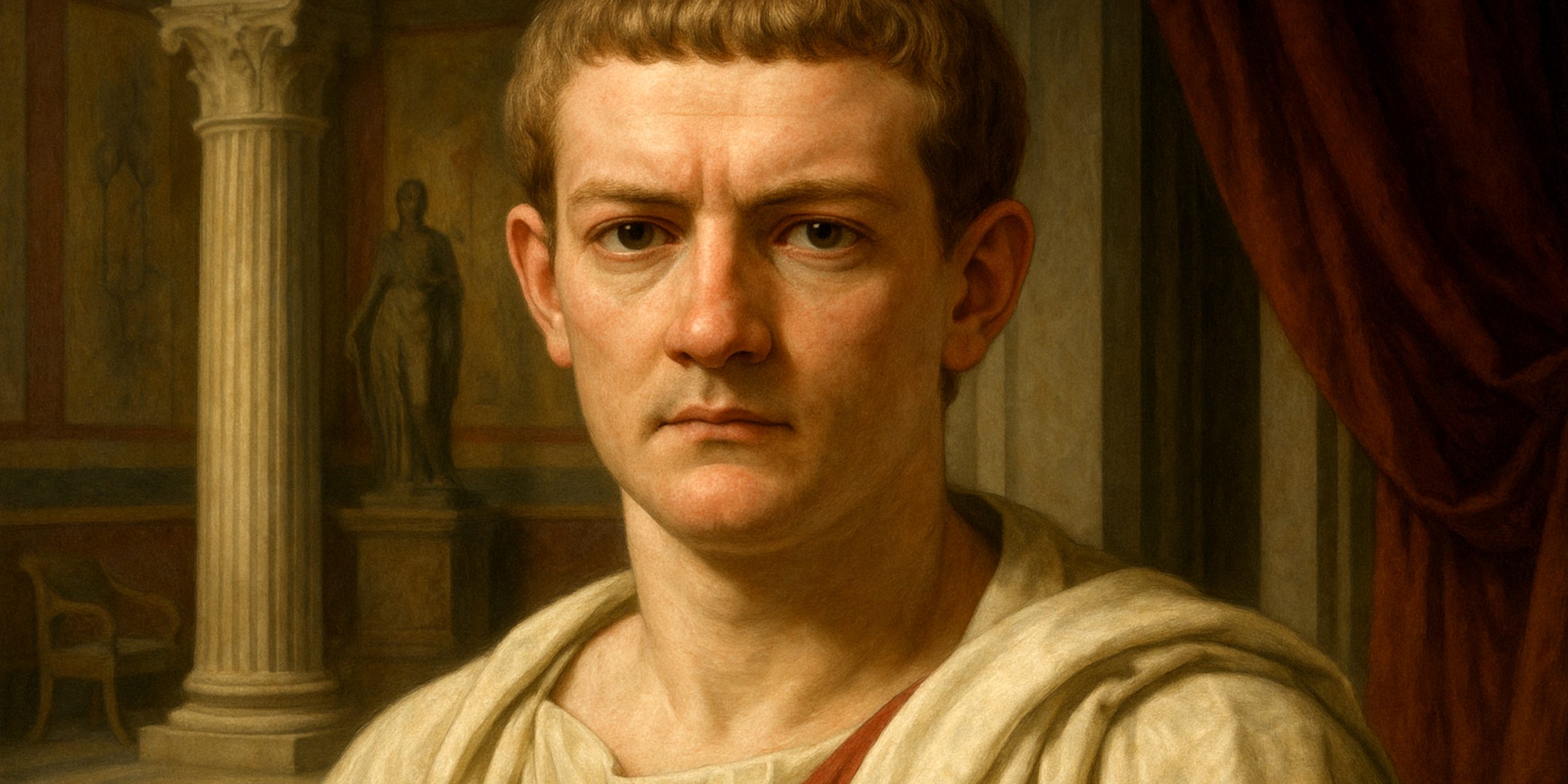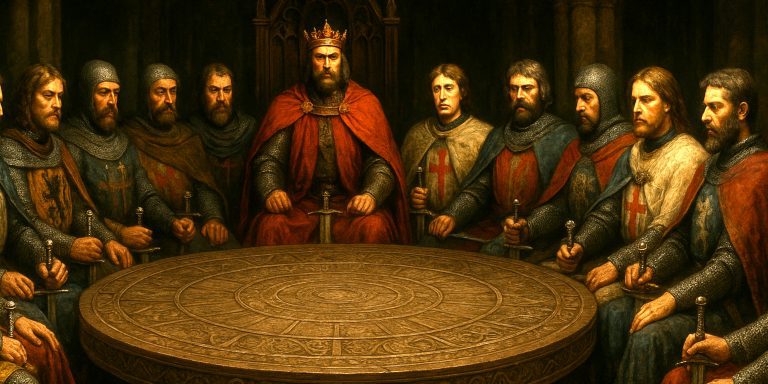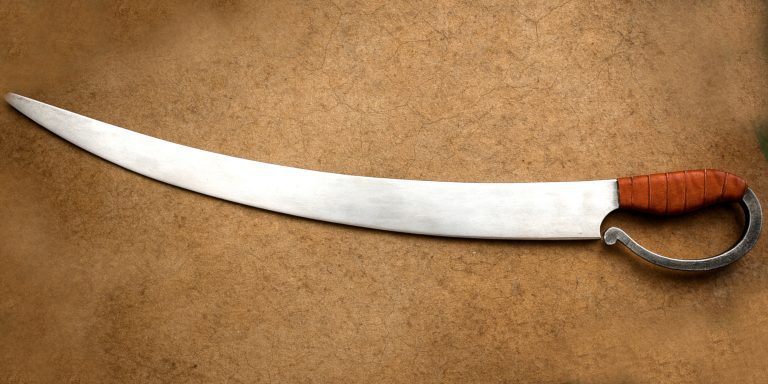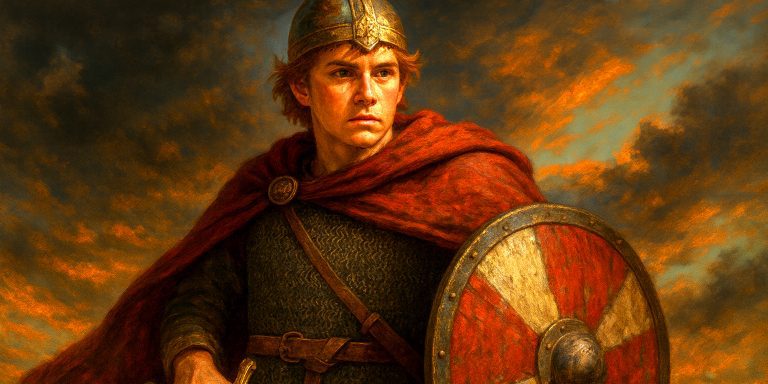
Few emperors are remembered with quite the same mixture of horror and fascination as Caligula. Born Gaius Julius Caesar Augustus Germanicus, his name has become shorthand for tyranny, debauchery, and spectacular self-destruction. Yet the historical record, as usual, is less clear than the scandalous legend. Much of what we “know” about Caligula comes from sources written decades after his death, many of them penned by senators who rather disliked emperors in general.
It leaves us with an awkward question. Was Caligula truly mad, or was he simply too unpredictable, too theatrical, and too unpalatable for Rome’s conservative elite to tolerate?
Early Life
Caligula was born in 12 AD, the son of the beloved general Germanicus and Agrippina the Elder. He spent his early years accompanying his father on military campaigns, dressed in miniature legionary gear. The troops affectionately nicknamed him Caligula, meaning “little boots”. It was cute then. Less so later, when “Caligula” would come to symbolise imperial cruelty and lunacy.
After his father’s suspicious death, Caligula was raised under the wary eye of Emperor Tiberius, a man whose paranoia made modern politicians look positively trusting. Caligula learned early that survival in Roman politics meant smiling while sharpening your knife.
Rise to Power
When Tiberius died in 37 AD, Caligula ascended to the throne amid public euphoria. The new emperor was young, charming, and the grandson of the heroic Germanicus. Statues were raised, sacrifices offered, and Rome believed the golden age had returned.
For the first few months, things actually went well. Caligula restored political exiles, paid soldiers their overdue bonuses, and even organised lavish public games. Then, as Roman writers tell it, something changed. A serious illness struck him later that year, and after his recovery, the emperor’s behaviour became erratic. Whether this was due to brain fever, poisoning, or the pressures of absolute power, no one can say.
Rule and Reputation
The tales of Caligula’s reign read like dark comedy. He allegedly appointed his horse Incitatus as a consul, built floating palaces, and declared war on the sea by ordering his soldiers to collect seashells as spoils of victory. He was said to have slept with his sisters, murdered at whim, and demanded to be worshipped as a living god.
It is, admittedly, excellent theatre. But historians are right to be suspicious. Many of these stories come from Suetonius, Cassius Dio, and Tacitus, none of whom were great fans of autocracy. The more sober records suggest that Caligula’s “madness” may have been a calculated performance, designed to project divine power in an empire still unsure how to treat its emperors. His “war” against the sea, for instance, could have been a ritual display or even a political satire lost on his chroniclers.
Still, even allowing for exaggeration, Caligula was clearly erratic and cruel. He revelled in humiliating the Senate, drained the treasury on spectacles, and executed critics with theatrical flair. By 41 AD, patience had run out.
Assassination
On 24 January 41 AD, Caligula was cut down by members of his own Praetorian Guard. They caught him leaving the theatre and stabbed him to death in a corridor. His wife and young daughter were killed soon after.
It was a brutal end, but hardly surprising. Rome’s rulers had learned that the line between divine and dead was very thin indeed. The Senate rejoiced, the people mourned, and Claudius, the unassuming uncle, was proclaimed emperor.
Legacy
Caligula’s legacy is a messy blend of truth, myth, and political propaganda. The surviving portraits show a handsome, almost delicate young man, not the grotesque lunatic described by later writers. Yet his short reign was marked by undeniable cruelty and paranoia. Whether that stemmed from illness, trauma, or unrestrained ego is impossible to say.
What is clear is that the empire learned a lasting lesson: emperors who terrified the Senate did not last long, and those who amused the people only survived until the laughter stopped.
For historians, Caligula remains a cautionary tale about the dangers of power, the slipperiness of sources, and the eternal Roman talent for character assassination.
Where to See Caligula’s World
- Vatican Museums, Rome: Busts and marble portraits attributed to Caligula, often re-carved from earlier statues.
- Museo Nazionale Romano: Artefacts from the Palatine and imperial palaces of the Julio-Claudian period.
- British Museum, London: Coins and reliefs depicting Caligula’s early reign before his reputation curdled.
The Seven Swords Takeaway
I find Caligula to be such a fascinating figure because he forces us to confront the blurred edge between history and storytelling. Was he Rome’s deranged tyrant, or simply its most slandered showman? The truth probably lies somewhere in the marble dust between.
If nothing else, Caligula reminds us that absolute power doesn’t necessarily corrupt absolutely. It merely reveals the corruption already there, preferably under very good lighting.
Watch the documentary:



